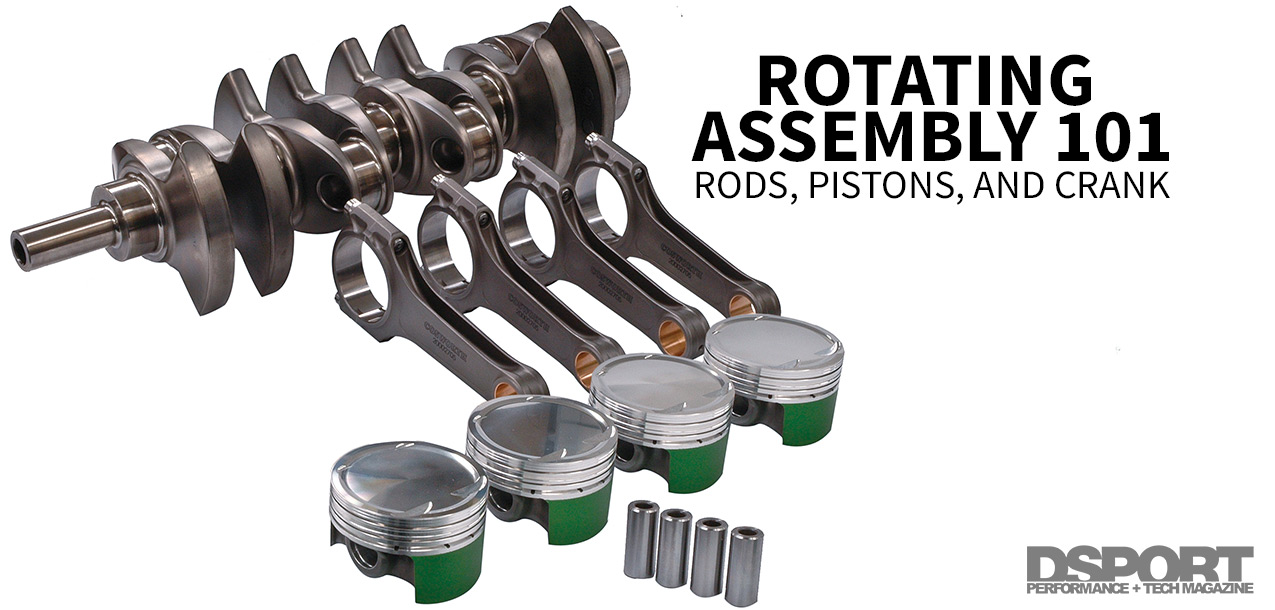Imagine accelerating from a dead stop up to a average velocity approaching 5,000 feet-per- minute and back down to a dead stop 125 times every second. Now, imagine doing this in an environment seeing combustion gasses in excess of 1,400 degrees Fahrenheit. Sounds like Hell and that’s exactly what each […]
Read More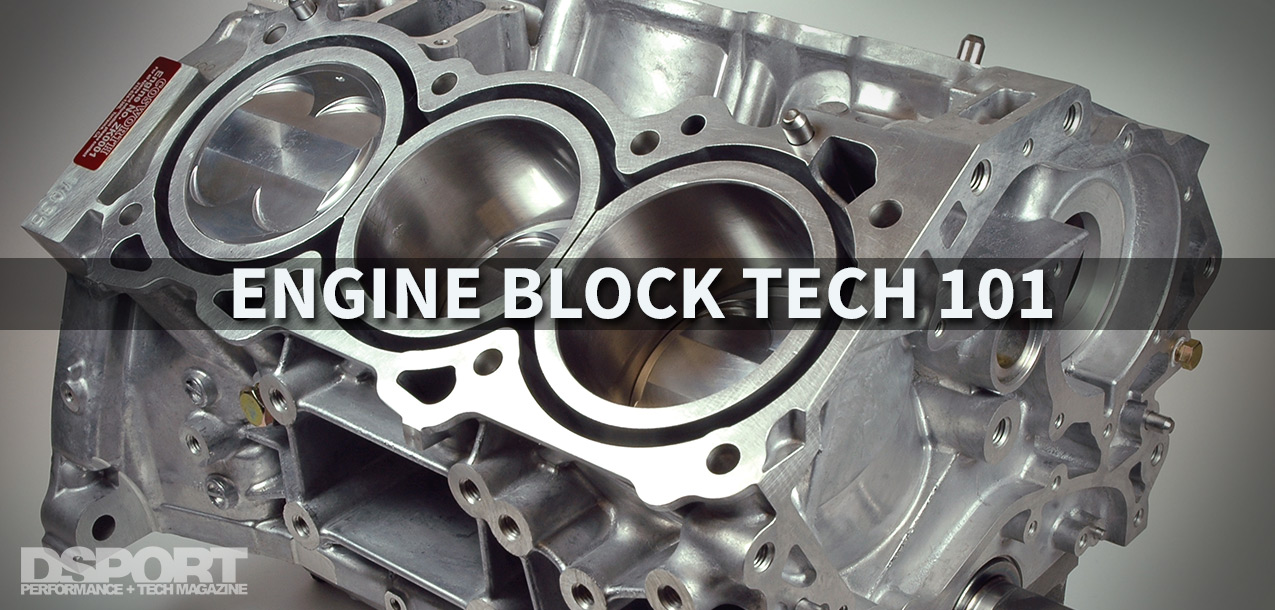
Engine Block Tech 101: Go Bigger or Go Stronger the Right Way
Bigger, stronger, or both bigger and stronger? When performance goals require increased engine displacement or projected cylinder pressures and power levels exceed factory block capabilities, the engine block will need to be addressed. The engine block serves as the foundation for the entire engine. Its primary purpose is to establish […]
Read More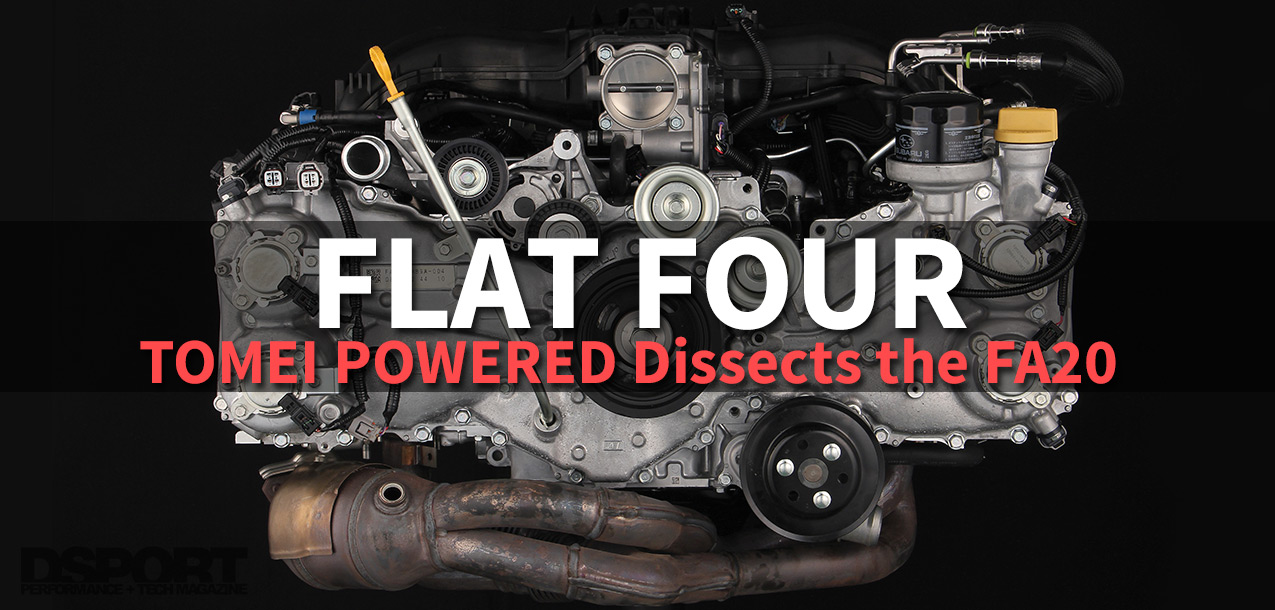
TOMEI POWERED Dissects the FA20 | Flat Four
If the Toyota 4AG is a firecracker, the Subaru/Toyota FA20 is a stick of dynamite. Featuring direct injection, high compression, four valves per cylinder, and variable valve timing for both intake and exhaust events, the FA20 showcases today’s latest engine technologies. This compact, all-aluminum, 2.0-liter boxer engine delivers performance through […]
Read More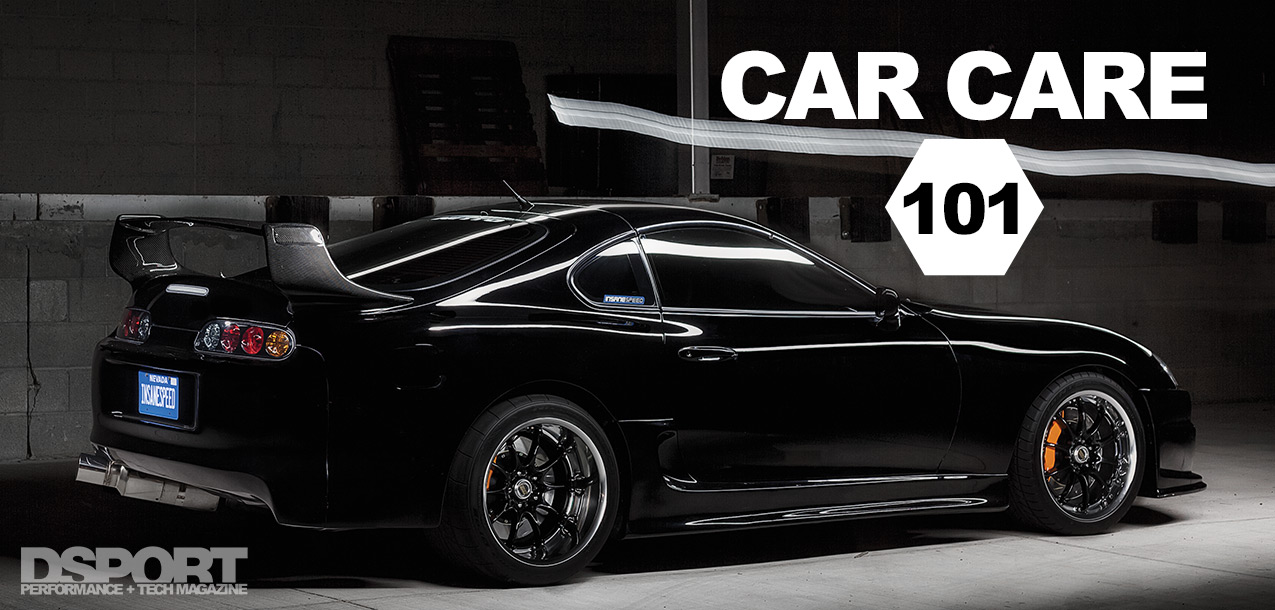
Car Care 101: Keeping the Shine Alive
As car enthusiasts, we sometimes overlook one important facet of car care. This doesn’t refer to general engine maintenance or being able to perform your own repair work; we’re actually talking about keeping a car’s finish clean and protected from the elements. All too often, a proud owner will be […]
Read More
Surface Rust Removal: Eliminate the Iron Oxide, Bring Out the Healthy Metal
Rust. It’s ugly, it’s a sign of deterioration and it’s never a positive indication of the condition of parts. While hipsters are into the “patina” look, the rest of the population avoids rusty parts, especially since parts being prepared for fabrication or paint do not benefit from this layer of […]
Read More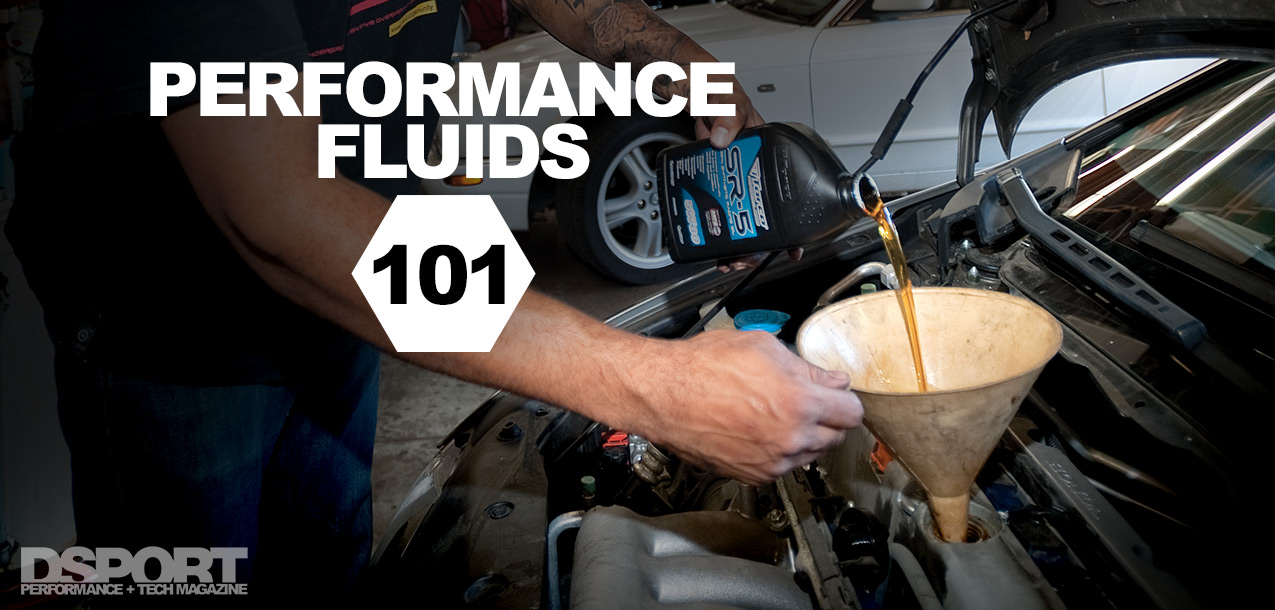
Performance Fluids 101: Get Your Car On The Right Liquid Diet
For performance enthusiasts, a lot of thinking goes into the parts purchased and installed on their project vehicles. Sometimes it’s tempting to save a few bucks by not using performance fluids on your vehicle so that you can get that new electronic boost controller or strut tower brace. The quality […]
Read More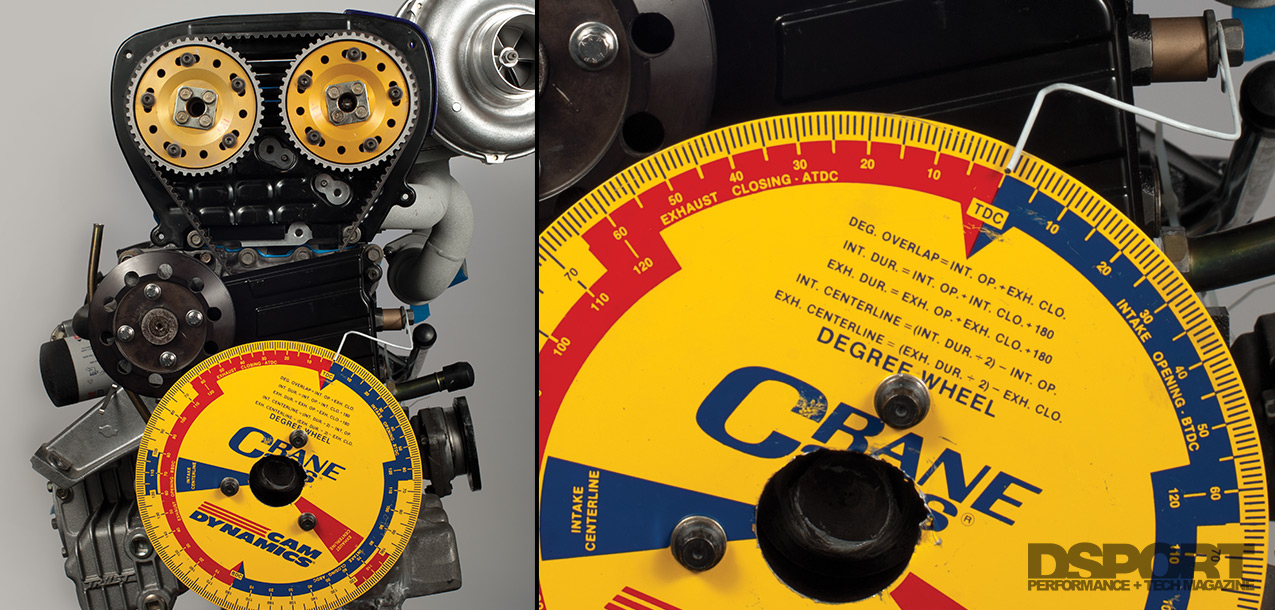
Why and How to Degree Your DOHC Engine | Proper Camshaft Timing for Peak Performance and Minimal Headaches
Have you decked your block? Resurfaced your head? Installed an aftermarket crankshaft or camshafts? If you answered “yes” to any of those questions, your camshaft timing may not be what the camshaft manufacturer specified. Improper cam timing can lead to reduced performance, increased fuel consumption and an increased likelihood of […]
Read More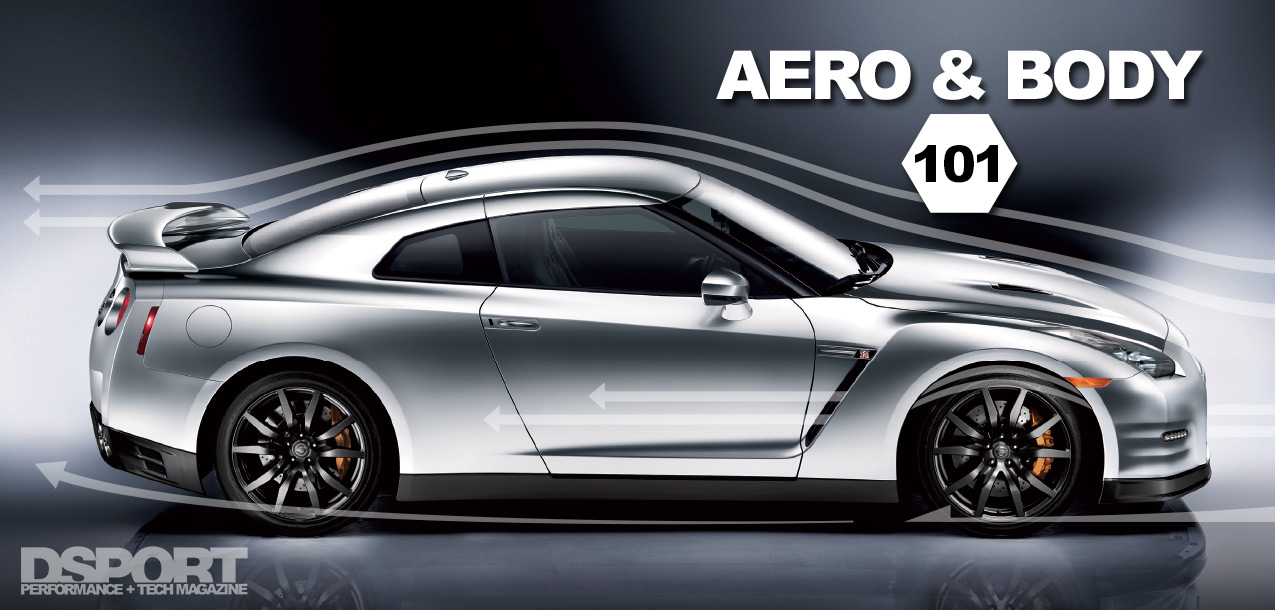
Aero & Body 101: Using Aero To Cheat The Air
Remember studying aeropalmetics as a kid? This is where you stick your arm out the passenger window while mom is driving. When you would tilt the forward (leading edge) part of you palm-down hand up, your arm would lift up. Tilting the leading edge of your hand down would cause […]
Read More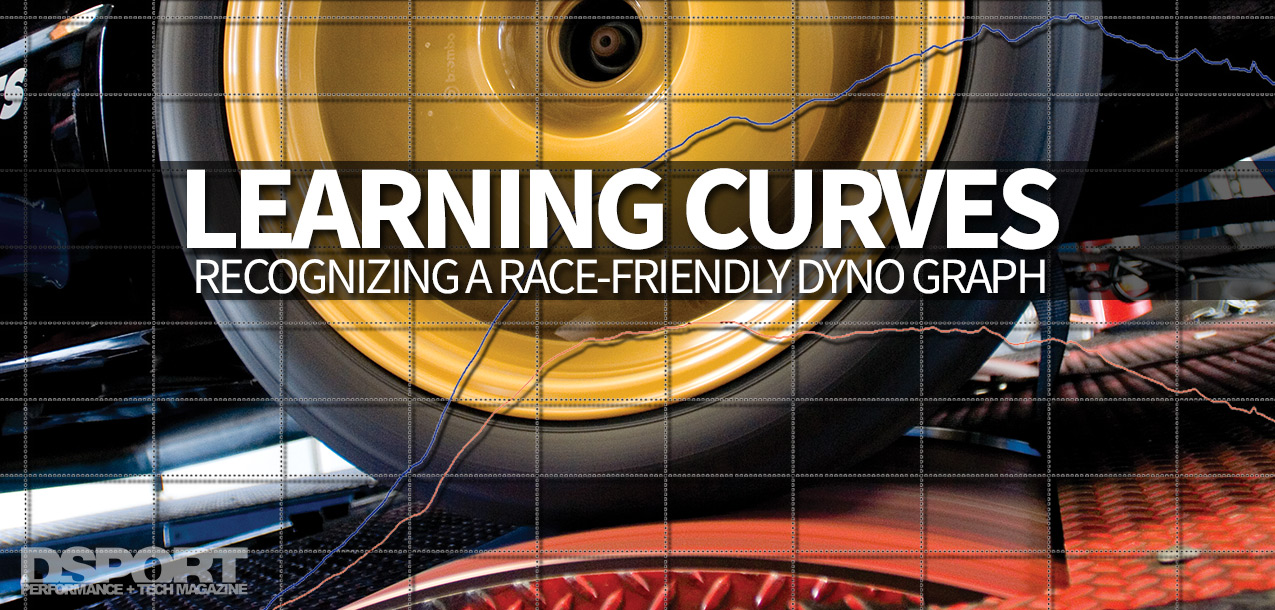
Learning Curves | Recognizing a Race-Friendly Dyno Graph
You don’t race dyno graphs, however, dyno graphs can provide the roadmap to go faster than the competition. By understanding how peak horsepower, the powerband, area under the horsepower curve and the actual shape of the power curve affect performance, the engine can be tuned to produce a curve that […]
Read More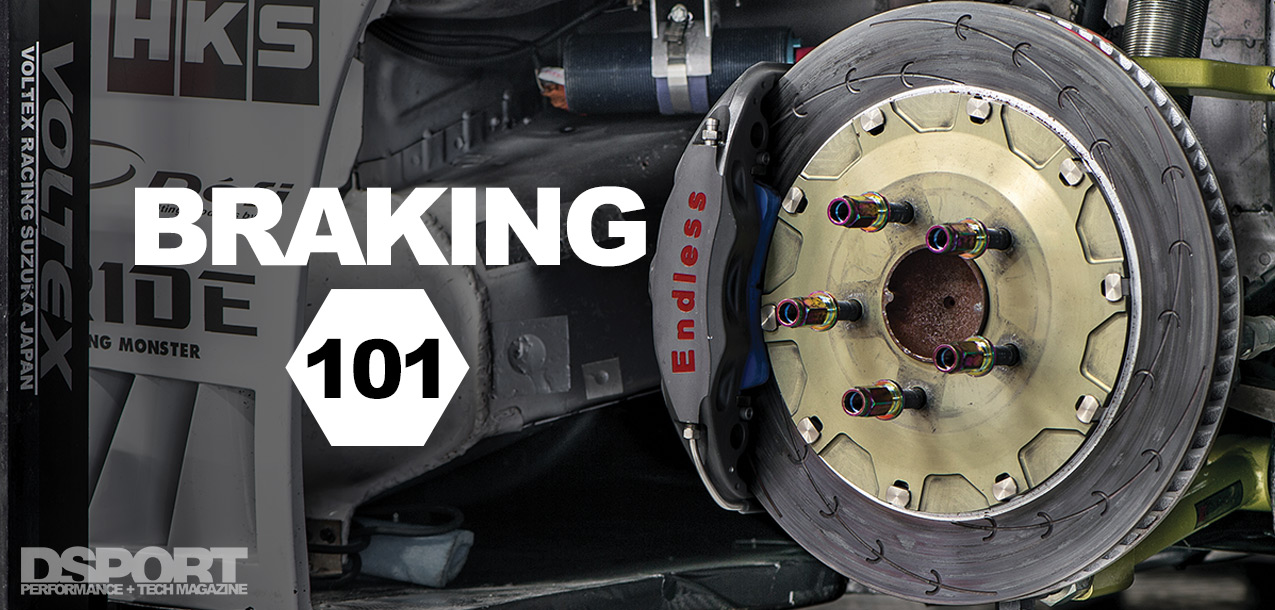
Braking 101: The System, Physics and Science of the Motion Management
For a car to be of use, it must be able to start, steer and stop. The purpose of an automotive braking system is to allow the driver to be able to decelerate or slow the vehicle as they see fit. Road conditions, speed limits and obstructions make the braking […]
Read More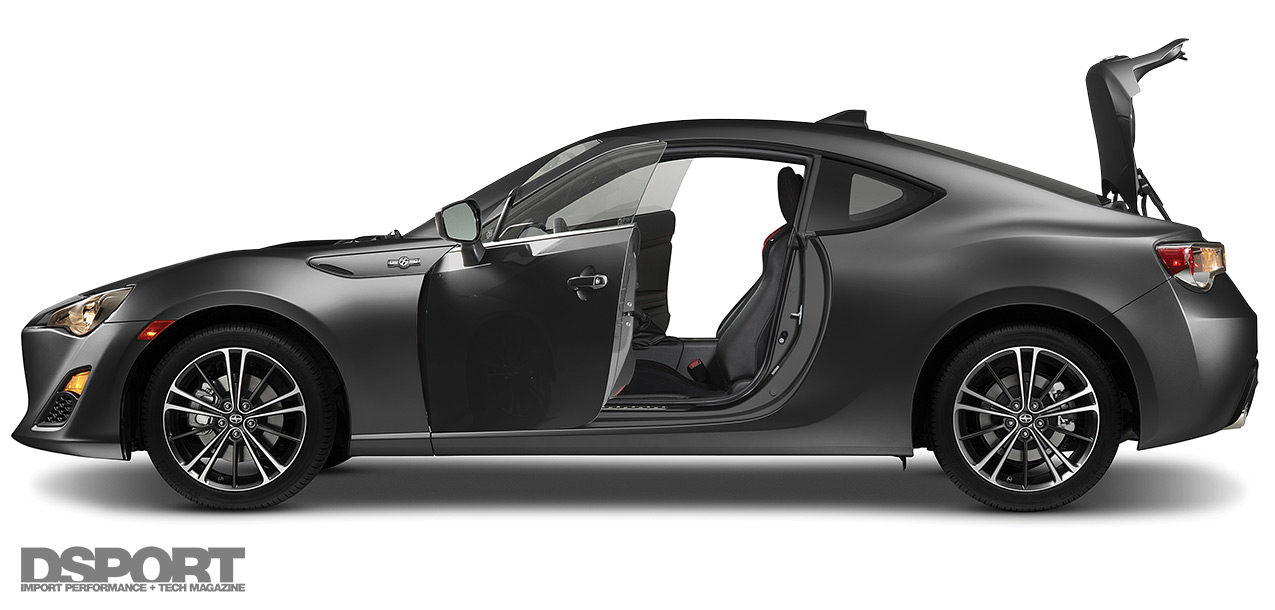
Sonic Clarity: Putting the Plus into OEM Sound Systems
Who buys aftermarket car audio equipment these days? Many of today’s factory installed audio systems come integrated into the dash and include many desirable features straight from the manufacturer. Some automakers enlisted the help of boutique audio system manufacturers to design and deliver a premium, enhanced sound system. However, not […]
Read More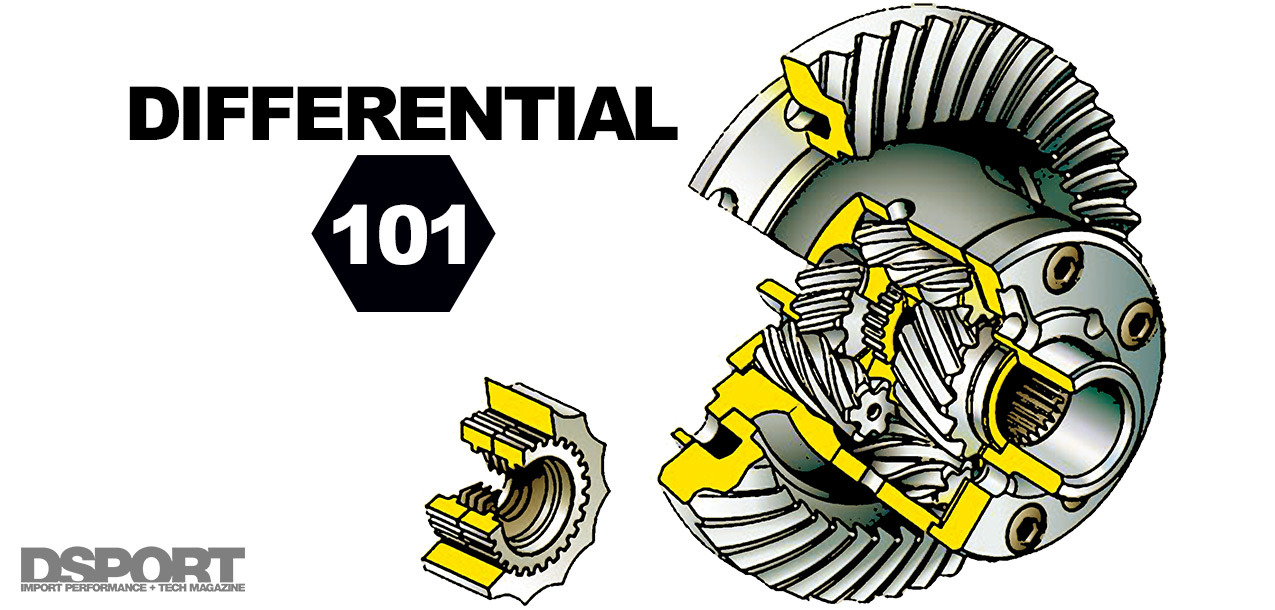
Differentials 101: Solving the Differential Equation
Many people assume that at least two wheels receive power from the drivetrain. Their logic assumes both front wheels pull a front-wheel-drive vehicle or both rear wheels push a rear-wheel-drive vehicle. In about 95 percent of all vehicles, this is an incorrect assumption. In actuality, almost all vehicles on the […]
Read More
Clutch 101: Getting a Grip on Performance Clutches
The clutch is arguably one of the most important components to any manual transmission vehicle. It modulates the energy at the spinning flywheel and transfers it through the driveline to propel your car forward. For most vehicles, there are many clutch system upgrades. To select the most ideal clutch for […]
Read More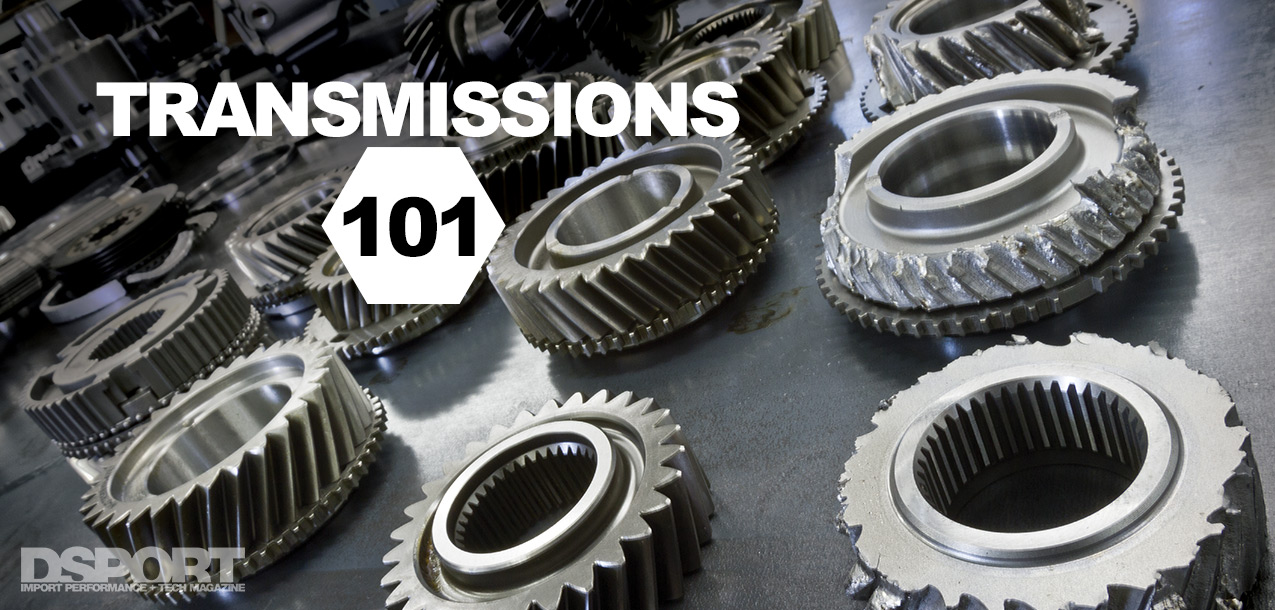
Transmissions 101: Upgrades for Increased Torque Capacity and Optimized Performance
In the U.S., most enthusiasts don’t think about upgrading their vehicle’s transmission until it becomes absolutely necessary. By absolutely necessary, we mean the point at which the engine produces more torque than the transmission can handle. The end result is often broken shafts, bent forks and worn synchros. In Japan […]
Read More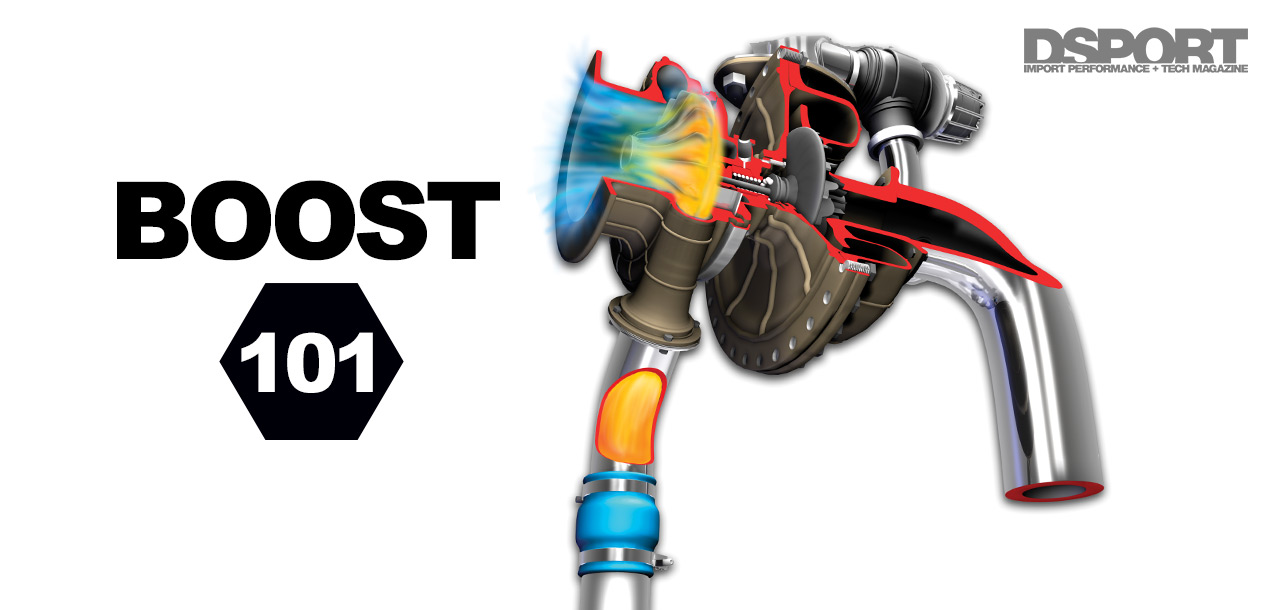
Turbocharger vs Supercharger – Forced Induction and Big Power Explained
More power. We all want it and there is usually more than one way to get it. Serious solutions will involve a “power adder” in the form of a supercharger, turbocharger or nitrous-oxide injection system. These power adders can add anywhere from 30-to-300-percent more power. Since the previous section was […]
Read More

